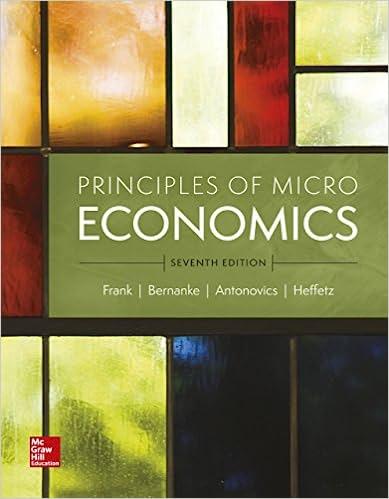


Please help me with these question
Instruotiou: Mahler All Questions 1. Economics: A. is a very narrow eld of study. B. is a way of analyzing decision-making processes caused by scarcity. C. is concerned with proving that capitalism is better than socialism. El. focuses on how a business should function. 2. The basic difference between macroeconomics and microeconomics is: A. microeconomics concentrates on individual markets while macroeconomics focuses primarily on international trade. B. microeconomics concentrates on the behaviour of individual consumers while macroeconomics focuses on the behaviour of rms. C. microeconomics concentrates on the behaviour of individual consumers and firms while macroeconomics focuses on the performance of the entire economy. D. microeconomics explores the causes of inflation while macroeconomics focuses on the causes of unemployment 3. Why is there scarcity? A. Because the opportunity set determines this. B. Because theory dictates it. C. Because our unlimited wants exceed our limited resources D. Because human wants are limited. 4. "If I didn't have class tonight. I would save the $4 campus parking fee and spend four hours at work where I earn $1 per hour." The opportunity cost of attending class this evening is: Bread 10. Refer to Figure 1. An economyr is operating at full employment. and then workers in the bread industry are laid off. This change is portrayed in the movement from: A.AtoB B.BtoE C.CtoF D.GtoF 11. Refer to Figure 1. Along the production possibilities frontier. the most efcient point of production depicted is: A. Point B B. Point C C. Point D D. All points on the production possibilities frontier are equallyr efcient. 12. Refer to Figure 1. The most inefcient point depicted is: A. Point A B. Point C C. Point D D. Point G 13. The model that economists use for illustrating the process of individual choice in a situation of scarcity is the sometimes also called the opportunity setr a diagram which shows what choices are possible. A. consumption set E. budget constraint C. original budget D. income cap 5. Specialization: A. leads to greater self-sufciency. B. can lead to an increase in overall production. C. allows workers to develop skills by working on a large number of tasks D. is always the result of an inefcient use of resources E. - a term referring to the fact that for many goods. as the level of prod uction increases, the average cost of producing each individual unit declines. A. Skill B. Specialization C. Economies of scale D. Division of labor 1'. Philosophers draw a distinction between positive statements. which describe the world as it is. and s. which describe how the world should be. A. normative statement B. budget constraint C. trade-off D. opportu nit};r cost 8. Economic models like the are not physical models. but instead are diagrams or graphs or even mathematical equations that represent economic patterns or theories A. financial capital market B. circular ow diagram C. nancial investment market D. Specialization Model 9. In a market-oriented economy, the amount of a good that is produced is primarily decided by the interaction of. A. all consumers. B. buyers and sellers. C. producers and input suppliers. D. producers and government planning committees












